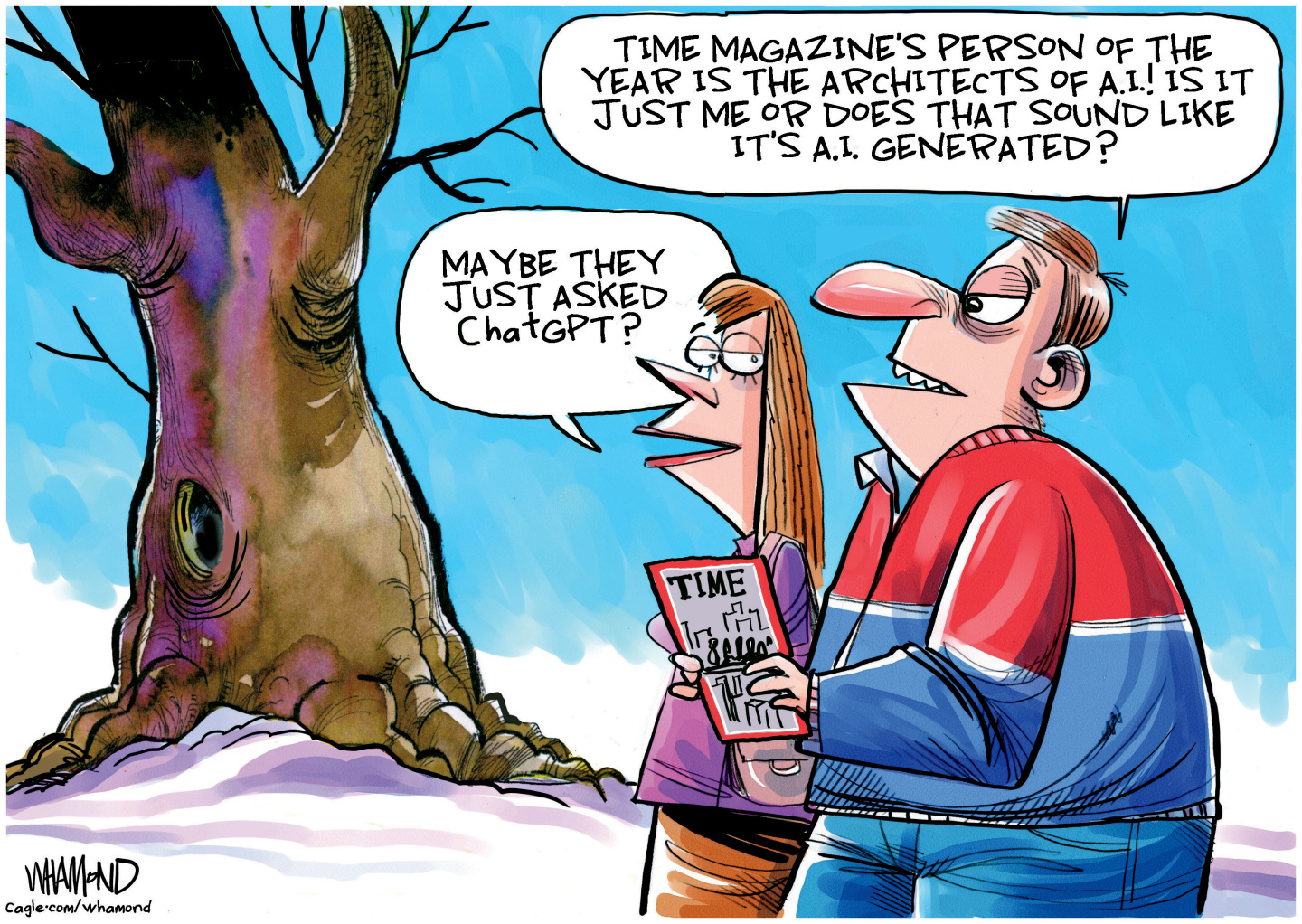Work: Life without email
Atos, Europe’s largest IT firm, plans to ban internal email. The company's CEO thinks most of the messages sent between employees are a waste of time.
Is email obsolete? asked Steven Rosenbaum in FastCompany.com. Atos, Europe’s largest IT firm, thinks so. The company last week announced that it was banning internal email, as CEO Thierry Breton thinks that 90 percent of messages sent between employees are a waste of time. Instead, Breton wants his 74,000 staff members to talk to one another in person or on the phone, and switch to “real time” messaging tools like Facebook. It looks as if other companies will soon follow suit. By 2014, a technology research group has predicted, social networking will replace email as the main method of communication for 20 percent of businesses. Good riddance, said William Powers in The New York Times. Email was supposed to boost productivity, but it has done the opposite. When a worker sends an office-wide message about a broken vending machine, everyone stops work to read a pointless bit of trivia. Studies show that such in-box–clogging interruptions can cost a 1,000-employee company up to $10 million a year.
Dumping email won’t fix those problems, said Peter Bright in ArsTechnica.com. Whenever office workers are interrupted—whether by an email, a phone call, or simply a co-worker stopping by their desk for a chat—it typically takes them 15 minutes to regain their focus and get back to work, studies have shown. So while 90 percent of Atos’s internal email might be worthless, ditching it entirely “doesn’t mean that employees will end their unproductive communication.” In fact, life without email could be far worse, said Richi Jennings in Computerworld​.com. By nixing a “successful and efficient” communication tool, Breton will force employees to hold more time-consuming phone conferences and face-to-face meetings.
But like it or not, electronic mail is slowly wheezing toward the grave, said Dominique Jackson in the London Daily Mail. “The younger generation has all but given up on it”—visits to email sites by 12- to 17-year-olds fell 18 percent in 2010—and digitally savvy teens now communicate “almost entirely via social networks and instant-messenger services.” These chat-type systems “have the advantage of immediacy over the disjointed timeline” of an email exchange; messages do not sit for hours in somebody’s in-box. In fact, instant chatting can almost feel like you’re having a real face-to-face conversation with a co-worker. Remember what that was like?
The Week
Escape your echo chamber. Get the facts behind the news, plus analysis from multiple perspectives.

Sign up for The Week's Free Newsletters
From our morning news briefing to a weekly Good News Newsletter, get the best of The Week delivered directly to your inbox.
From our morning news briefing to a weekly Good News Newsletter, get the best of The Week delivered directly to your inbox.
A free daily email with the biggest news stories of the day – and the best features from TheWeek.com
-
 Are Trump’s peace deals unraveling?
Are Trump’s peace deals unraveling?Today’s Big Question Violence flares where the president claimed success
-
 Political cartoons for December 15
Political cartoons for December 15Cartoons Monday’s political cartoons include Time's person of the year, naughty and nice list, and more
-
 Who is fuelling the flames of antisemitism in Australia?
Who is fuelling the flames of antisemitism in Australia?Today’s Big Question Deadly Bondi Beach attack the result of ‘permissive environment’ where warning signs were ‘too often left unchecked’